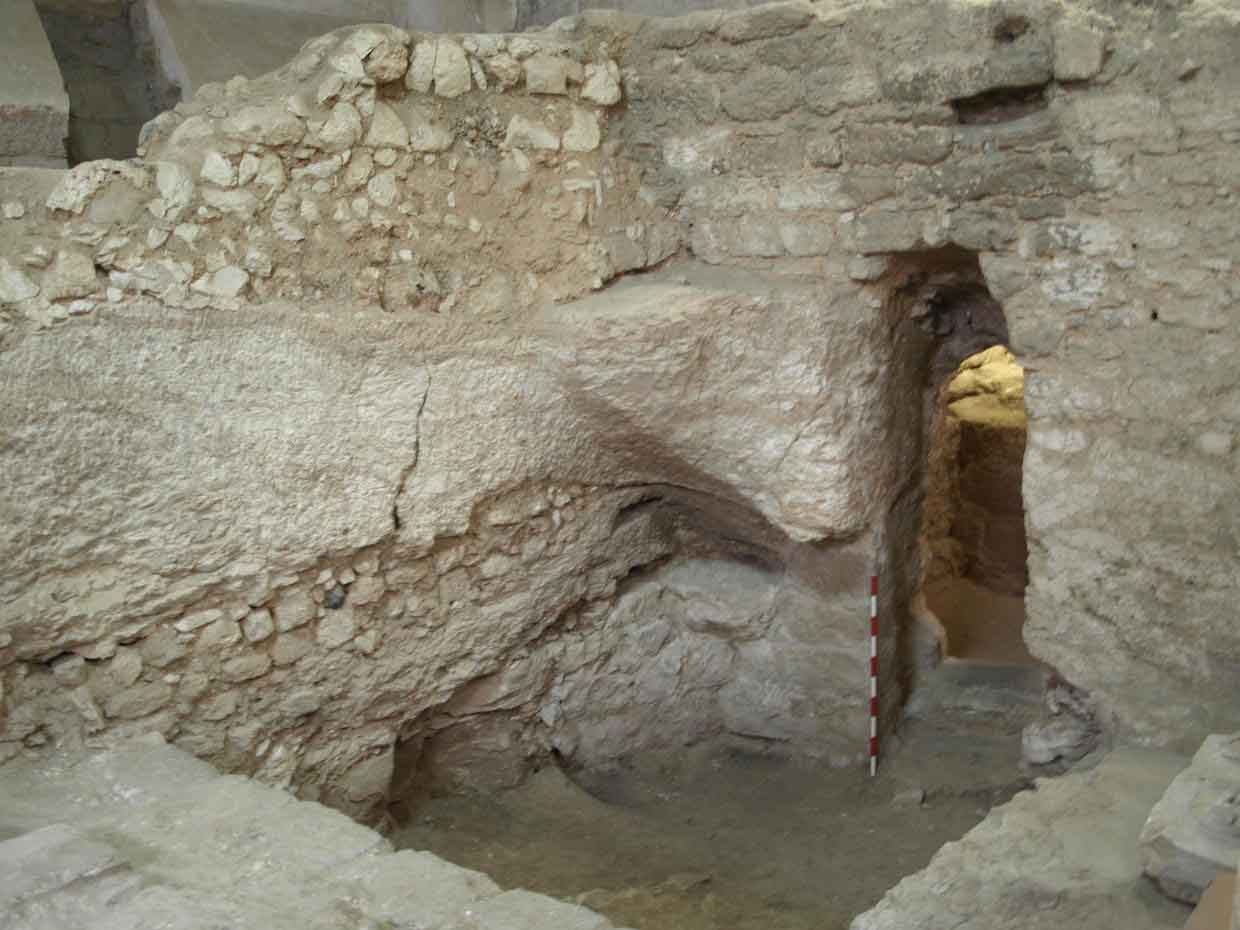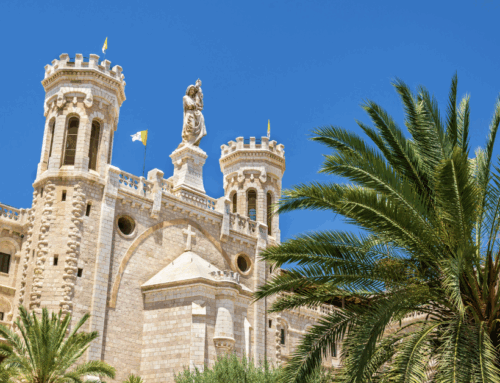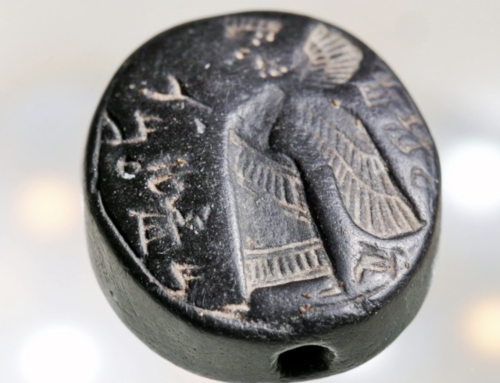Nazareth is a town that immediately brings images of Jesus’s youth and early life. Mary and Joseph lived in Nazareth when according to Luke 1:26 that the angel Gabriel came and told Mary that she had found favor with the Lord. Jesus was then referred to as “Jesus of Nazareth” throughout his life. Is it possible that they could find the actual childhood home of Jesus?
There are some researchers who do believe they have in fact found the childhood home of Jesus and have some compelling evidence to support that belief. Professor Ken Dark of the University of Reading believes he may have found the actual home that Jesus was raised in by Joseph and Mary. What makes him think that this is possible?
The home in question was first considered in the 19th century when it was discovered under a church that was built in the 4th century AD.
Nazareth in Jesus’ Time
Nazareth was a very small village when Jesus lived there. There were no more than five-hundred people living there and possibly as few as two-hundred. This would have been just several main families and everyone would have known each other quite well and the same homes kept within families for generations.
The area of Galilee is still the breadbasket of Israel, and then it was no different. Nazareth’s families would have been largely agriculturally based, having herds of livestock and raising crops such as olive trees for olive oil and wine grape. There have been many fascinating finds in the area, specifically at what is known as Nazareth Village which has reenactments of life during Jesus’s time for people to experience, have included a 1st century wine press, watchtowers for use of protecting the crops and livestock with, pottery and irrigation systems.
Evidence for the Finding of Childhood Home of Jesus
Professor Ken Dark was not originally seeking to find the childhood home for Jesus, but instead was interested in the Byzantine-era pilgrimage locations. He went to Nazareth to research these locations and found himself caught up in the uniqueness of a dwelling under one pilgrimage location.
The Church of the Nutrition was a Byzantine-era church that was spoken of in the 7th century but was likely there far longer before that. It was destroyed in the 13th century but was likely built in the 4th or 5th century. It is said that it was built on the childhood home of Jesus.
Today, the Sisters of Nazareth Convent was built upon the the ruins of this church which, according to Professor Ken Dark is almost certainly the Church of the Nutrition. Then below those ruins, a first century home lies. The professor and his team re-examined all the evidence and ruins and found evidence that while can not fully confirm its being the childhood home of Jesus, certainly does support it.
The home was well built for its time, showing skill and craftsmanship one would expect of a “tekton”, the word used to describe Joseph, meaning craftsman. It was not a house of poverty or elevated status, but instead a very typical home for the time, just well built, much like if a contractor built his own family a home today and put his own training to practice for his own home rather than someone who did it out of necessity or hobby.
While the church was built later on, sites of veneration started being kept track of very early on by Christians who wanted to connect with Jesus’ life. There would have likely been enough of the families of Jesus’ time still around Nazareth to have been able to accurately point to where his home was in that time, if not actual family members of Joseph and Mary. He was well-known in the Galilee for his teaching and family history was often told, so it’s not unlikely that someone would have taken note and shared with the following generations that Jesus had lived there as a child.
This church is close to the Church of the Annunciation, a Catholic church said to be where the angel Gabriel told Mary she would give birth to the son of God. There is another church there called the Church of Saint Joseph and it is said to have been built over the site of Joseph’s workshop. However, this claim is seen as less substantiated because there is no proof of it being so. Some say perhaps it was the location of the actual family home as well, but again there is nothing to substantiate that claim.
Wherever it was located, it would have been in this direct area as it wasn’t a large town. What a treasure to understand the area that helped shaped our savior in his early years!
Add a trip to Nazareth on your 2021 tour! Plan a tour now.







